10 U.S. Species That Aren’t Extinct Anymore
Just like the biblical character brought back from the dead, a Lazarus species is one that is thought to be extinct, only to be rediscovered in the wild — sometimes after hundreds of years. Though humankind has wreaked havoc on many native populations, every once in a while a species makes a surprising comeback. Here are some flora and fauna from the U.S. that made a shocking recovery.
1. Giant Palouse Earthworm
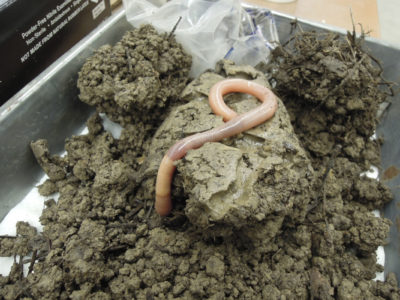
Massive agricultural development in the Palouse prairies of eastern Washington state nearly killed off this native earthworm. After being discovered in 1897, the last sighting of the giant Palouse earthworm was some time in the 1980s — that is, until some soil scientists from University of Idaho found two specimens in 2005. Contrary to old myths, the worms don’t grow to three feet long, but they are larger than average.
2. Ivory-Billed Woodpecker
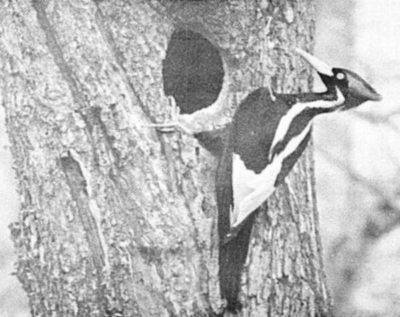
The unicorn of the birding world is a large woodpecker found in swampy hardwood forests of the South. There have been zero confirmed sightings of the bird since 1944, but — starting in 2005 — plenty of unconfirmed sightings and grainy, inconclusive videos have convinced many that the ivory-billed woodpecker still inhabits the Mississippi Delta. In 2008, an anonymous concerned birder even posted a $50,000 reward for anyone who can lead to a live roost.
3. Virginia Round-Leaf Birch
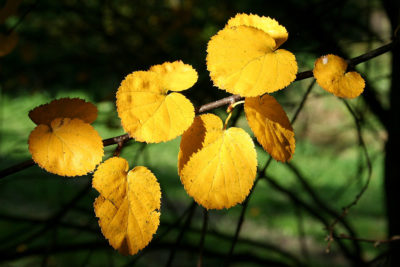
The curious round leaves of this birch were first noted by botanist W.W. Ashe in 1918 in just one site in southwest Virginia. After the Virginia Round-Leaf Birch wasn’t seen again for over 50 years, naturists in the ’70s found a stand of trees just a mile from where Ashe recorded his sighting. Most agreed he had taken down the location incorrectly. The world’s only 41-tree population of the Virginia Round-Leaf Birch existed in this stand (and dwindled to 26) until the tree was protected in 1978, allowing for efforts at propagation that have resulted in about 1,000 trees in various locations today.
4. Black-footed Ferret
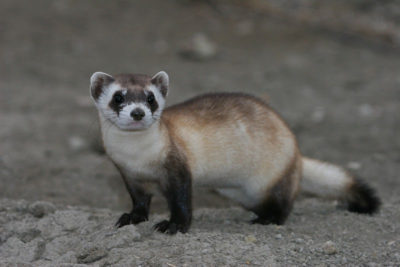
North America’s only ferret species was rediscovered in 1981 after it was believed to be extinct. The rare mammals once numbered in the tens of thousands across the West, but disease and decline of the prairie dog (the ferret’s primary prey) drove their numbers down. Reintroductions of black-footed ferret populations have seen moderate success over the years from Mexico to Saskatchewan.
5. Southern Sea Otter

The uniquely thick fur of this California otter’s pelt was prized by the fur traders that nearly hunted them to extinction in the 18th and 19th centuries. Fifty southern sea otters were found in 1938, after an international ban on hunting them was enacted in 1911. Today, the otters’ populations are recovering, but they face new dangers like oil spills and toxic algal blooms caused by warming waters.
6. Blunt Chaff Flower

Before it was rediscovered in 1992, this amaranth flower was thought to be extinct since the 19th century. The only current plants now exist on the big island of Hawai’i on the Kahala mountain — about 50 miles north of current volcanic activity. About 120 to 150 plants exist.
7. 750-Legged Millipede
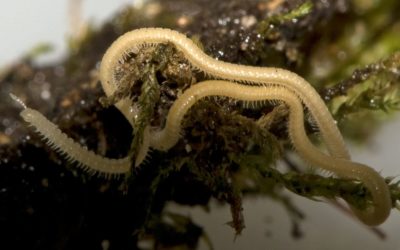
So far, this millipede that appears to exist only in a 2-square-mile patch of woodlands near Berkeley has been dubbed the “leggiest” in the animal kingdom, beating out a similar species from Puerto Rico with 742 legs. The 750-legged millipede was described in 1928, but it was never seen again until a group of researchers set out to find one in 2006. It’s no wonder they had a hard time: the millipedes are only one to three centimeters long.
8. Mount Diablo Buckwheat
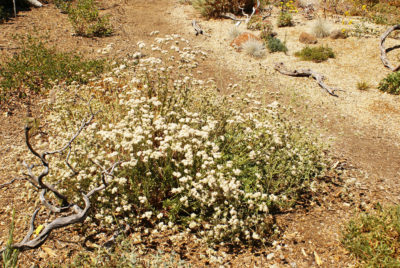
The small, early-blooming wildflower from northern California went unnoticed from 1936 to 2005, when a small patch was found by a graduate student on Mount Diablo. Conservation groups protected the short-season natives and nudged along a still-small population of about 200 plants. Then, there was another discovery in 2015: 1.8 million plants were hiding far off a trail in the nearby Black Diamond Mines Regional Preserve. That ended anyone’s worry that the Mount Diablo buckwheat was at risk of extinction.
9. Robust Redhorse
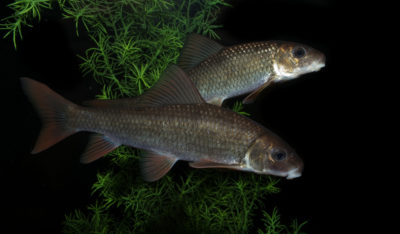
This large sucker fish was first identified in 1870, but it took 122 years to connect the dots on the mystery fish. The original specimen was destroyed, and only a small, isolated population resided in Georgia rivers. A few redhorse were discovered in the 1980s, however, and in 1992 a team of ichthyologists linked the unidentified fish to the original findings. The robust redhorse can grow to 17 pounds, and it has attracted conservation efforts from groups who value the native biodiversity of southeastern rivers.
10. Keck’s Checker-Mallow
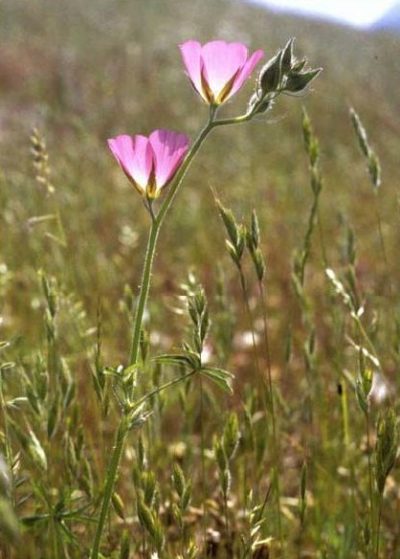
Although a small population of this wildflower was found in the southern Sierra Mountains in Tulare County after 53 years of presumed extinction, the patch was on private land with an uncooperative owner. The land was eventually developed, and the flowers assumed destroyed, but, fortunately, another population of 216 Keck’s checker-mallow plants were found in Fresno County. The seeds from this discovery were used to spread the species throughout the Sierras.